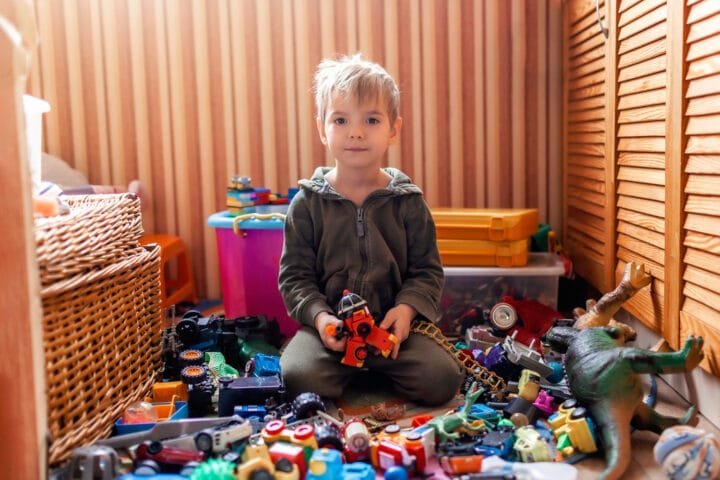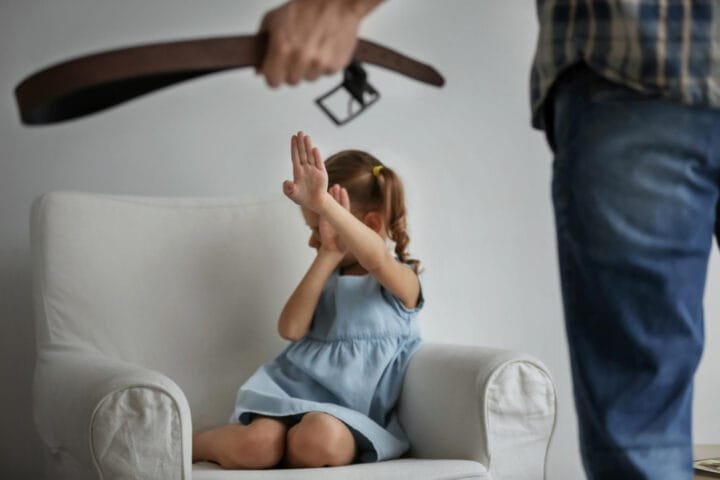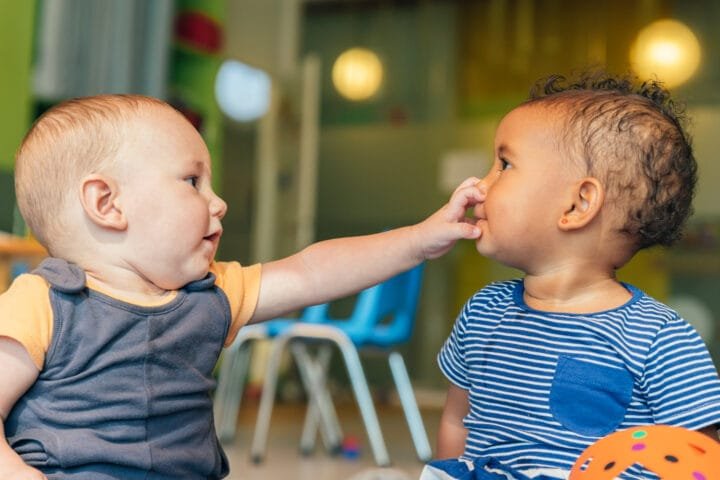From Wobbly to Wonderful: How to Teach Your Kid to Ride a Bike in No Time!
Imagine the joy as your child rides a bike for the first time – wind in their hair, sun on their cheeks, and a big smile! Learning to ride is a big step in a child’s life, giving them independence and confidence. It’s also a memory they will cherish forever.
How to Teach Your Kid to Ride a Bike is more than just exercise; it’s a unique family activity. This guide will help you prepare your child to ride a bike in a fun and successful way.
Choosing the Right Bike
Picking the right bike is crucial. Measure your child’s height and inseam to find the right size. There are different types of bikes for different stages:
- Balance Bikes: For kids aged 18 months to 5 years. These bikes have no pedals, so kids use their feet to balance. Check out this balance bike for a great option.
- Bikes with Training Wheels: These are for kids ready to pedal but need balance support. This model is highly recommended.
- Regular Pedal Bikes: For kids who can balance and coordinate well. Consider this regular pedal bike for when they’re ready.
Brands like Strider, Royal Baby , and Schwinn are reliable.
Safety First
Safety is critical when teaching your kid to ride a bike. Ensure your child has the right gear:
- Helmet: Must fit well and meet safety standards.
- Knee and Elbow Pads: Protect against falls.
- Gloves: Provide extra protection for hands.
You can find comprehensive bike safety gear that includes all these essentials. Regularly check and adjust the gear as your child grows.
Selecting an Appropriate Environment
How to Teach Your Kid to Ride a Bike: Choose a flat, open area where your child can ride freely without traffic or obstacles. Good places include parks, school playgrounds, parking lots, and quiet cul-de-sacs. Look for soft surfaces like grass to cushion any falls, but also include hard surfaces for pedaling practice.
Step 1: Balance Training
Start with balance bikes or training wheels to help kids develop stability. Balance bikes allow children to learn how to stay upright by using their feet on the ground for support.
Using Balance Bikes
- Feet on the Ground: Have your child sit on the balance bike with their feet flat.
- Walking Motion: Encourage them to walk the bike forward using their feet.
- Coasting: Gradually have them lift their feet off the ground while coasting.
Transitioning from Training Wheels
If starting with training wheels:
- Adjust Height: Ensure the training wheels are slightly elevated so they only touch the ground when tipping.
- Gradual Removal: As confidence builds, raise one training wheel higher or remove it entirely.
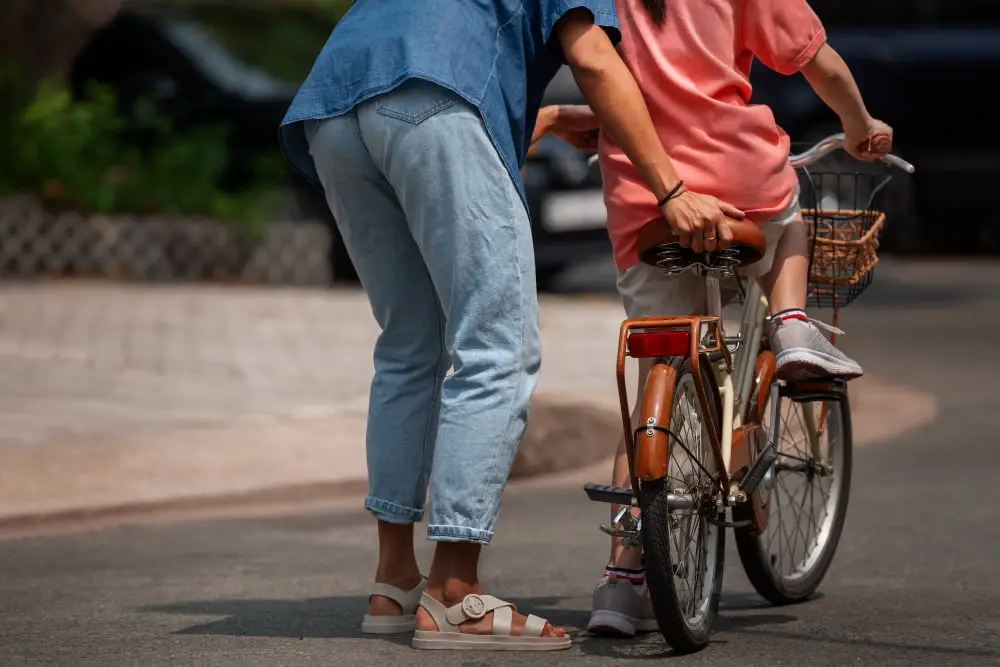
Step 2: Pedaling Practice
After mastering balance, introduce pedaling. Reattach the pedals and ensure safety gear is worn.
Starting with One Foot
- One Foot on Pedal: Have your child place one foot on a pedal while keeping the other on the ground for balance.
- Push Off: Ask them to press down with their dominant foot to move the bike forward slightly.
- Repeat: Repeat this step until they feel confident.
Using Both Feet
- Both Feet on Pedals: Instruct your child to place both feet on the pedals.
- Hold the Bike: Hold onto the back of the bike seat for stability.
- Start Pedaling: Encourage them to look forward while pedaling as you gradually reduce support.
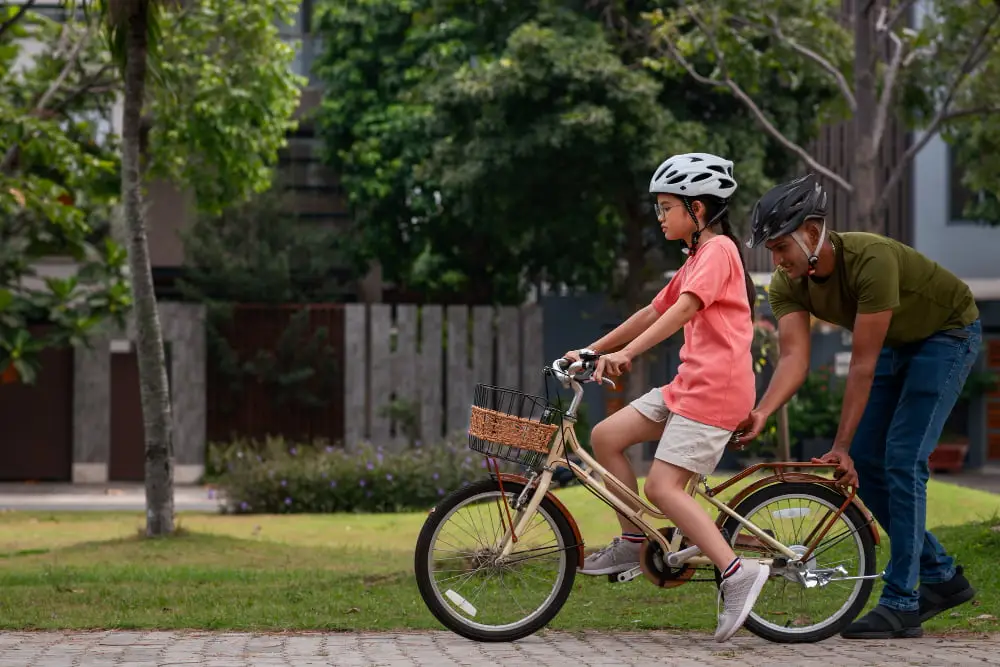
Step 3: Steering and Braking
Teach your child how to steer and brake:
Steering Practice
- Handlebars: Show your child how to hold the handlebars properly.
- Straight Paths: Have them practice steering in consecutive lines first.
- Turning: Gradually introduce turns in an open area free from obstacles.
Braking Practice
- Coaster Brakes: Most kids’ bikes have coaster brakes that engage by pedaling backward. Demonstrate this motion with smooth pressure.
- Hand Brakes: Teach your child how hand brakes work by positioning their fingers over the brake levers and gradually applying them for smooth stops.
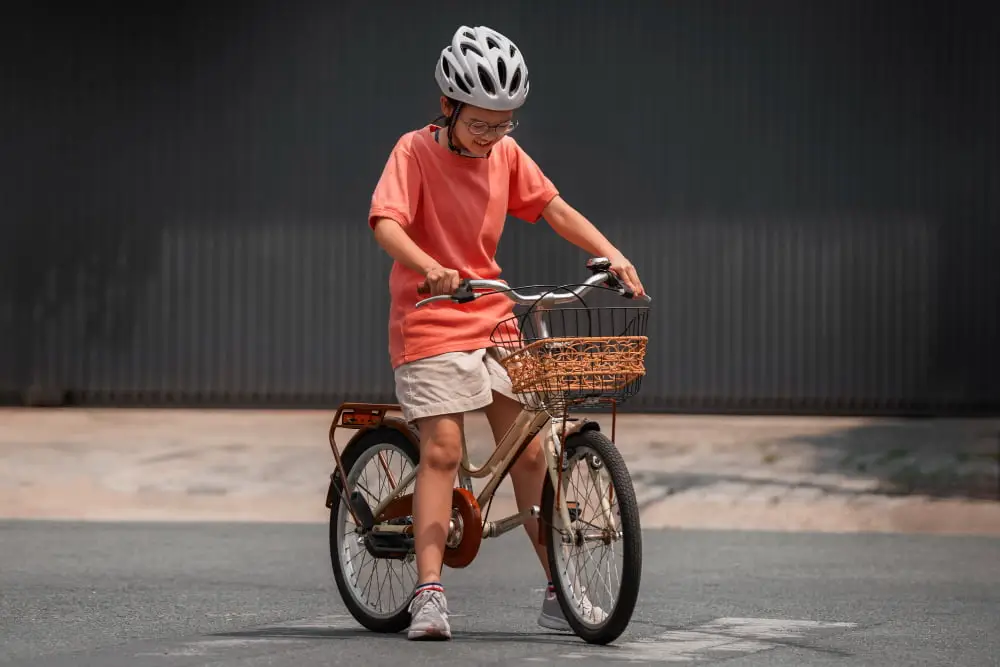
Practice Sessions
Turn practice into fun by setting up simple courses with cones or markers, which help children understand steering mechanics better while making it enjoyable! You can find useful training accessories for setting up these courses.
As you learn How to Teach Your Kid to Ride a Bike, as they improve, gradually introduce tighter turns and more complex maneuvers to build their confidence and skills. This will help them ride safely outdoors, especially around other people and vehicles, ensuring everyone stays upright and avoids accidents.
Building Confidence
Celebrate small achievements like balancing for a few seconds or pedaling for the first time. Use positive reinforcement and manage fear by starting with manageable tasks in flat areas.
Common Obstacles and Solutions
- Struggling with Balance: Use balance bikes or pedal-free standard bikes.
- Anxiety About Falling: Provide protective gear and practice on soft surfaces.
- Gradual Progression: Start with easy tasks before moving forward.
- Diverse Terrains: Introduce various terrains once basic skills are mastered.
- Social Elements: Encourage group rides with friends or family members.
Conclusion
How to Teach Your Kid to Ride a Bike requires patience, encouragement, and practical techniques. Start with essential components—bike selection, safety gear, posture, balance practice—and gradually add skills like pedaling, steering, and braking.
Learning how to ride offers lasting rewards beyond physical exercise. It fosters independence, builds self-esteem, and creates lasting memories while strengthening family bonds.
We hope this guide teaches your child to ride a bicycle with patience and positivity. Celebrate each milestone together!
Share Your Stories
Parents and caregivers can share their experiences, tips, and success stories in the comments below. Together, we can build a community celebrating the joys and triumphs of teaching our children this timeless skill.
Check out the post Transform Your Child’s Life: What Skills Do Children Learn During Physical Activity? on Mamawithlove. This article explores the valuable skills children develop through physical activity, enhancing their overall growth and development.















